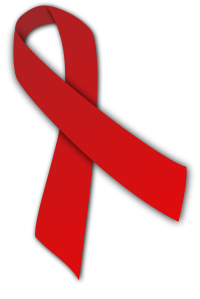
Photo from wikipedia
Abstract Objective: to analyze the direct and indirect effects of determinants of sexual exposure to the human immunodeficiency virus among male adolescents who have sex with men and the implications… Click to show full abstract
Abstract Objective: to analyze the direct and indirect effects of determinants of sexual exposure to the human immunodeficiency virus among male adolescents who have sex with men and the implications for nursing care. Method: cross-sectional study carried out with 578 Portuguese and Brazilian adolescents aged 18 and 19. Interrelationships of conjugal status, use of dating apps, practice of chemsex, unawareness, partner credibility, challenging sexual practices and ineffective forms of protection against sexual exposure to the human immunodeficiency virus were evaluated using the Path Analysis technique. Results: significant direct effect on sexual exposure to the human immunodeficiency virus: conjugal status (β=-0.16), use of apps (β=-0.30), challenging sexual practices (β=0.48) and ineffective forms of protection (β=0.35). Indirect paths: partner credibility influenced ineffective forms of protection (β=0.77); having a steady/polyamorous relationship influenced the use of dating apps (β=-0.46); chemsex, mediated by challenging sexual practices (β=0.67), determined greater sexual exposure. Conclusion: adolescent sexual behaviors and forms of amorous/sexual relationship must be considered in nursing care planning to reduce sexual exposure to the human immunodeficiency virus.
Journal Title: Revista Latino-Americana de Enfermagem
Year Published: 2022
Link to full text (if available)
Share on Social Media: Sign Up to like & get
recommendations!